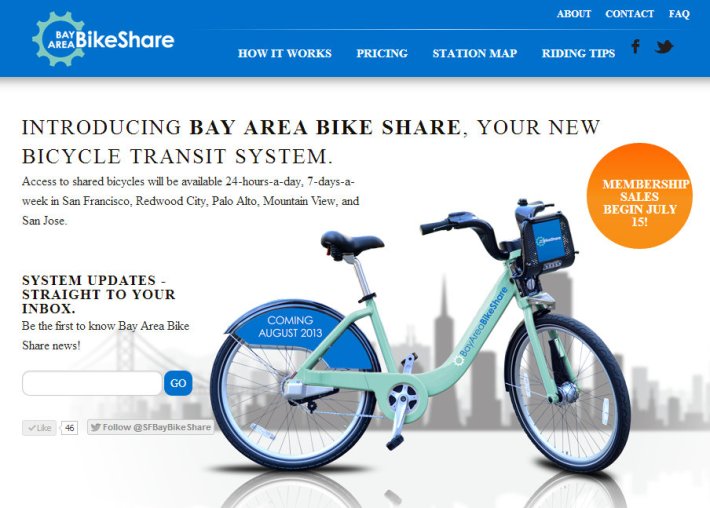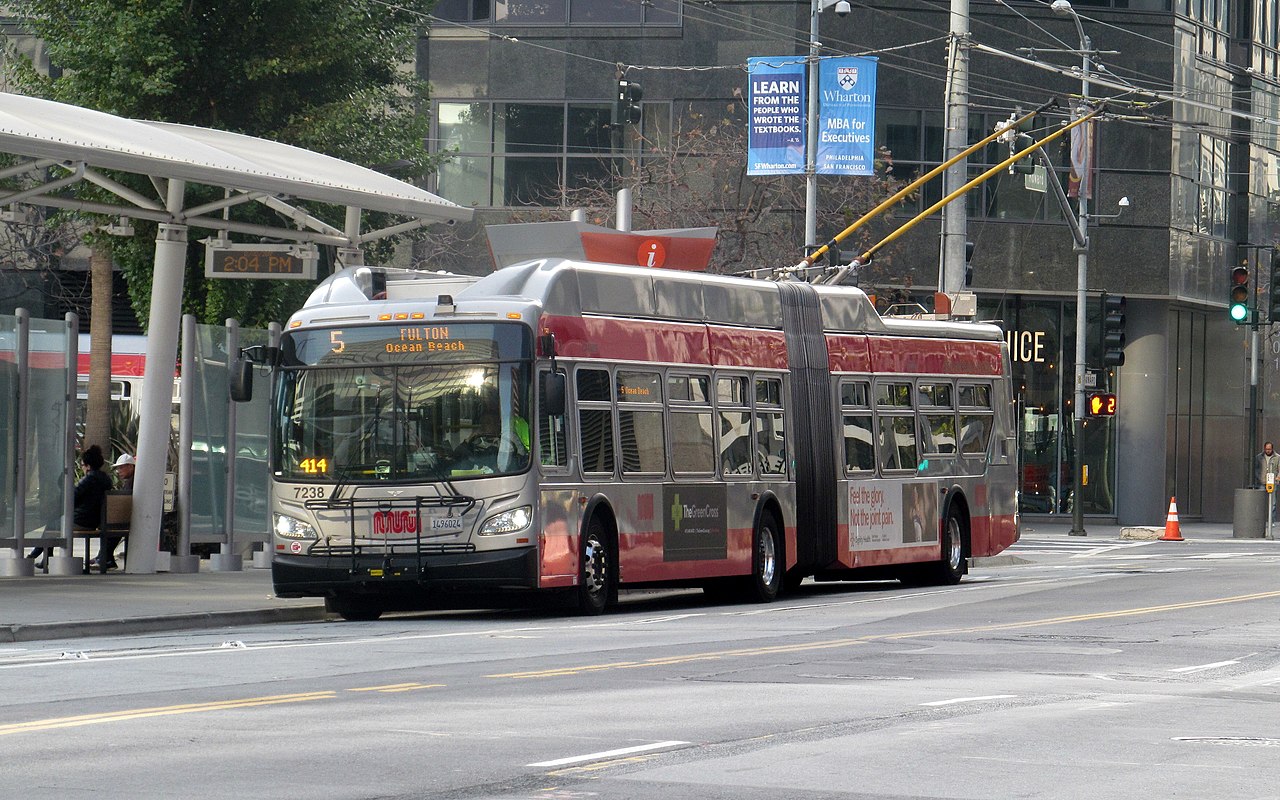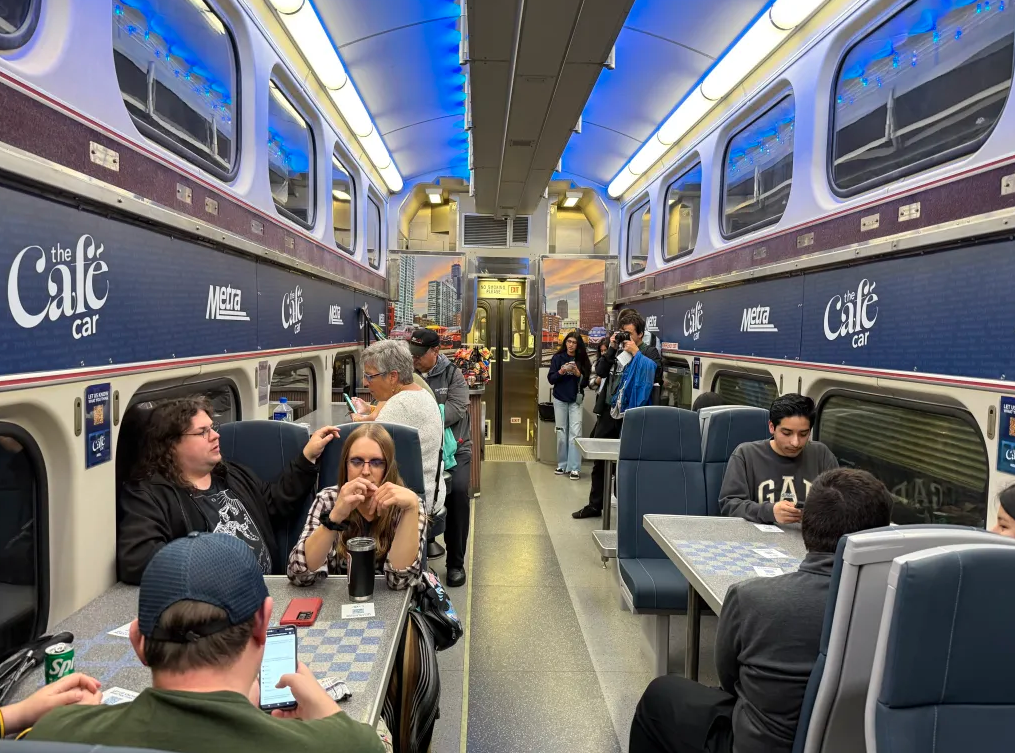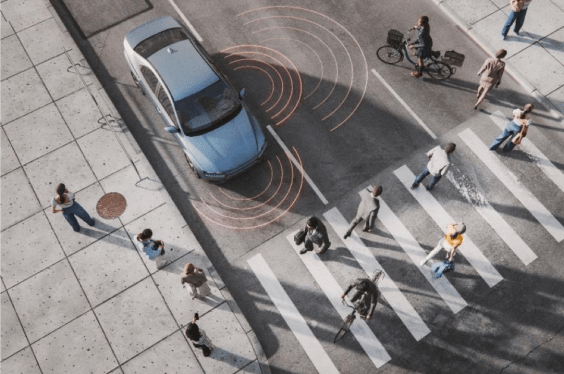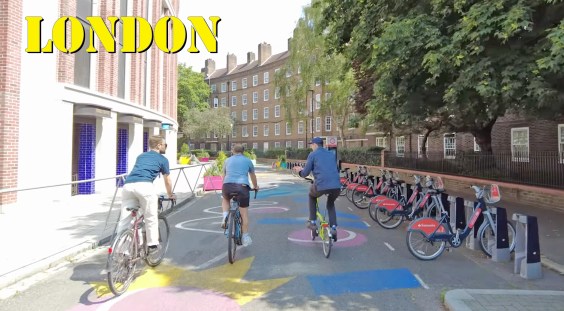Bay Area Bike Share just got more official with a new website, Facebook and Twitter account.
The Bay Area Air Quality Management District announced the system's new social media presence along with its pricing and membership details:
Membership rates to join Bay Area Bike Share will be $88 for an annual pass, $22 for a three-day pass and $9 for a daily pass. Each pass provides for unlimited trips during the membership period, with no additional cost for the first 30 minutes of each trip. Trips that exceed 30 minutes will incur surcharges.
Officials say the exact launch date within August will be announced next month, and memberships will go on sale July 15.
The website also says the system will have a smartphone app showing station locations and bike availability. Oh, and the first 1,000 people to sign up for annual memberships "will receive unique Founder Keys in their welcome package." Nice.
Those who haven't taken a liking to the celeste color proposed for the bikes -- a number of readers have called for "international orange" instead -- may be disappointed. At a SPUR forum yesterday evening, BAAQMD's Karen Schkolnick explained that a different shade of orange was originally considered for the system, but it didn't work out. "When the manufacturer went through different stages of testing, the quality just wasn't there," she said. "We had to pick another color," and celeste "was the next, most amazing, best choice."
It's also worth noting that Bay Area Bike Share will be equipped with GPS on its bikes, which will allow its managers to collect a detailed level of real-time usage data, according to SFMTA staff.
Seleta Reynolds, a planner at the SFMTA's Livable Streets Subdivision, noted that one advantage of the small size of the pilot launch is that it can show what a large impact even a small system can have. Reynolds quoted New York Transportation Commissioner Janette Sadik-Khan, who launched the nation's largest bike-share system on Memorial Day, in her speech in San Francisco last week. "Bike-share is a gateway drug," she said.
"Maybe, bike-sharing's most important use is in places that are just on the cusp of turning the corner on bike mode split," said Reynolds. "It normalizes bike riding."
